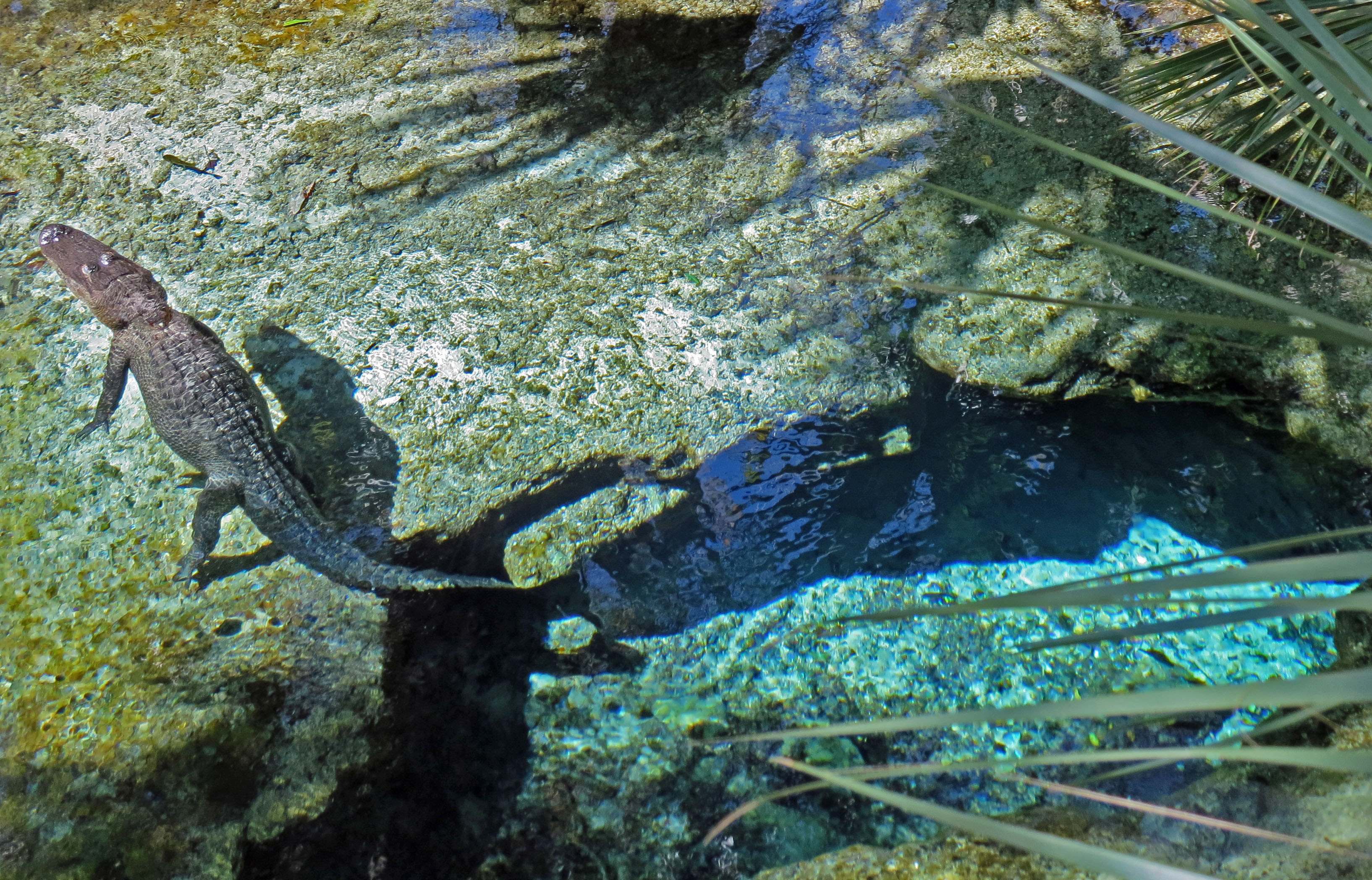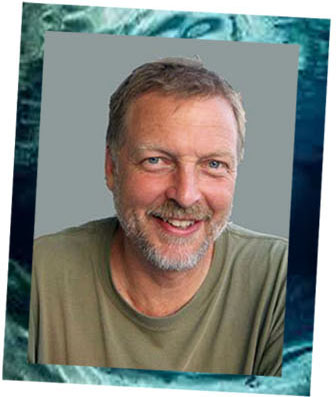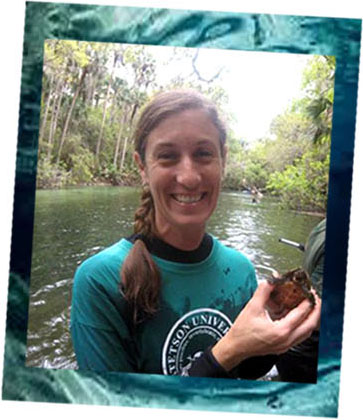
Aquatic Gems

The 2016/2017 exhibit Aquatic Gems was a compendium of aesthetic and scientific investigations of water. Central to the exhibit were stunning videos and still images, captured by Robert Sitler (Professor, World Languages & Cultures), which immersed the viewer in the otherworldly beauty of a variety of spectacular aquatic sites within a 30-mile radius of DeLand and the Stetson University campus. Complementing the affecting imagery, and drawing from her research on spring ecology, Kirsten Work (Professor, Biology) created displays of freshwater snails, as another way to understand our valuable and vulnerable water resources.
View Robert Sitler's video Aquatic Gems (2016), edited by Stetson University digital arts majors Annette Morton and Caitlin Prestridge.
About The Videographer
Robert Sitler is a Professor of World Languages and cultures at Stetson and currently serves as Director of its Latin American and Latino Studies Program. He is a lifelong environmentalist who first fell in love with springs learning to free-dive in Barton Springs in Austin while finishing his PhD in Hispanic Literature at the University of Texas. He has enjoyed a multi-decade connection with numerous contemporary indigenous cultures in Latin America, the Maya in particular, a profound bond that has further heightened his appreciation of the natural world and clean water. In the 22 years that Robert has lived in DeLand, he has observed notable degradation in our local aquatic resources, and this Aquatic Gems exhibit aims to awaken public interest in establishing conservation measures to better protect these live-giving waters for future generations to enjoy.
What kind of equipment do you use?
Over time, I have become more and more of a minimalist. When I go out to film, I carry around a small Canon PowerShot Elf 330HS camera in my pocket and an equally tiny GoPro video camera.
How did you choose the images for this exhibit? How are these waterways like gems?
Mayan languages do not distinguish between what we call blue and green. Instead, they refer to a range of hues that refers broadly to colors ranging from the blue of the sky to the greens of verdant tropical vegetation. I am most drawn to photographic and video images that highlight this broad spectrum of color in our local waters. The colors are particularly alluring when in continuous motion as the water emerges from local springs. Clean water is every bit as valuable as a precious stone. Both gems and water reflect and refract light in ways that can dazzle human eyes with extraordinary beauty and potentially inspire us into an enhanced appreciation for the natural world and life itself. I hope this project helps to develop greater sensitivity to the fragility of these aquatic systems so that we can take concrete steps to bring about their restoration.
About The Aquatic Biologist
Kirsten Work is a Professor of Biology at Stetson and has been studying snails off and on for 15 years. Because of her interest in exotic species and the effect of these species on the invaded systems, much of her research has been on the Malaysian trumpet snail, Melanoides tuberculata. This species is one of the most abundant aquatic exotics in Florida. Kirsten has studied its population biology, and, thinking about how it might impact spring systems, its capacity for nutrient recycling in Florida springs. Recently, she has added studies of Florida apple snail impacts on eelgrass and hopes to begin studies comparing native and exotic apple snails next summer. She has also surveyed snail abundance and distribution in Volusia Blue Spring for the Minimum Flow and Level project.
Would you consider snails, "gems," that is, treasures of a sort?
With an array of shell sizes, shapes, and colors, snails are aquatic gems. Under the microscope, they are beautiful and graceful. Once disturbed they pull into their shells, but if left undisturbed for awhile, they will slowly peek out, showing the tip of their foot first and then uncurling their antennae to begin “smelling” their near vicinity. Once satisfied that their area is safe, they will take a slow tour of their habitat, looking for food or shelter.
What can we learn from snails?
Florida springs are unique systems that provide a link between the Florida aquifer and our local surface waters, like the St. Johns River. These systems are in some ways harsh--with very low oxygen at their headsprings, and in some ways stable--with constant flow. As such, they provide refuges from temperature extremes for migratory species, like Florida manatees and tarpon, and reservoirs of evolution for species that are unable to migrate far. Most snails are in the low-migration category, and they fall in the middle of the food chain; therefore, they provide an opportunity to study the health of Florida springs. These snails are born, live, and die in the springs--and do so fairly quickly--so disturbances to springs can often be indicated by the state of local snail populations.
For a more in-depth conversation with our contributors, you may view the full interview here.
Aquatic Gems was on display in the Gillespie Museum from September 24, 2016, to May 5, 2017.